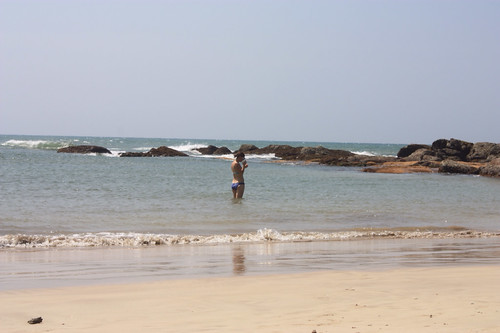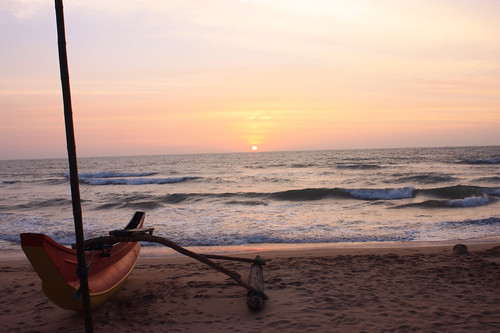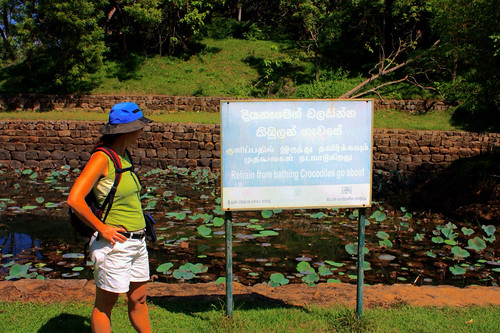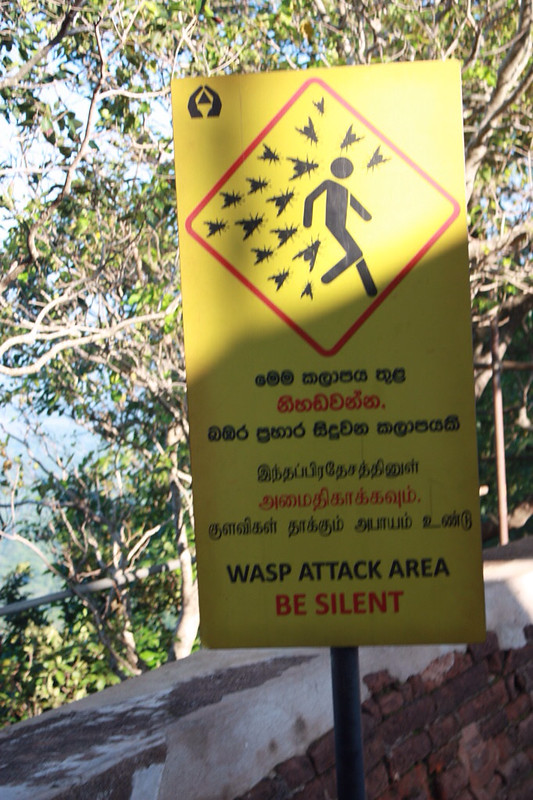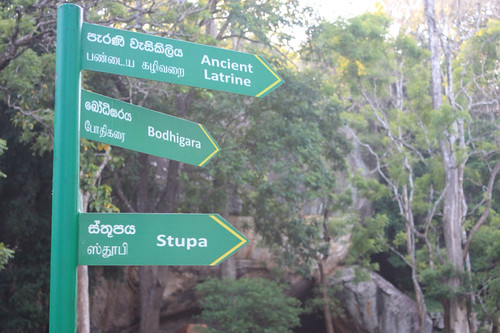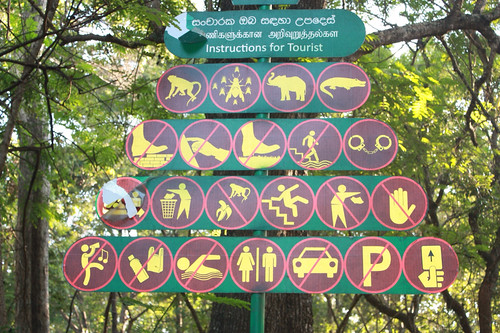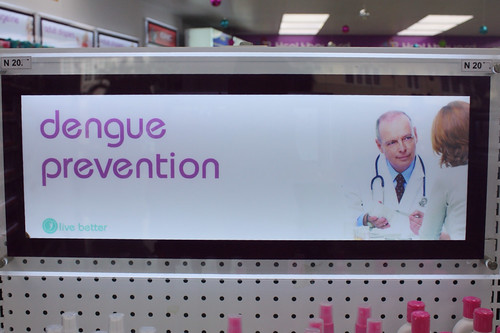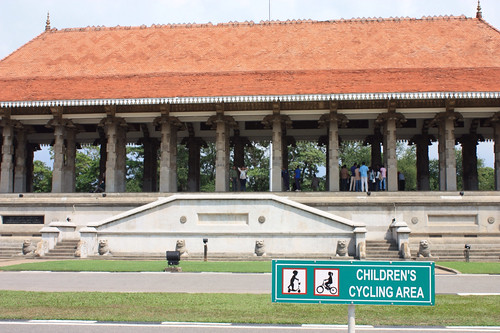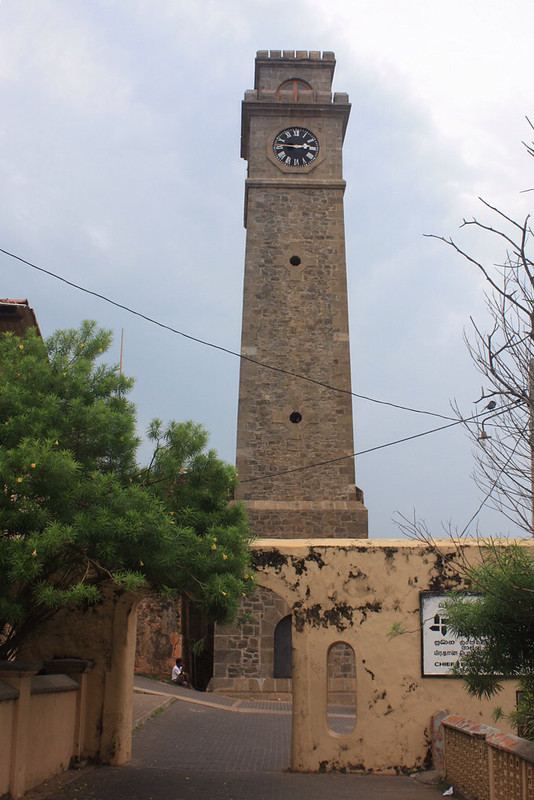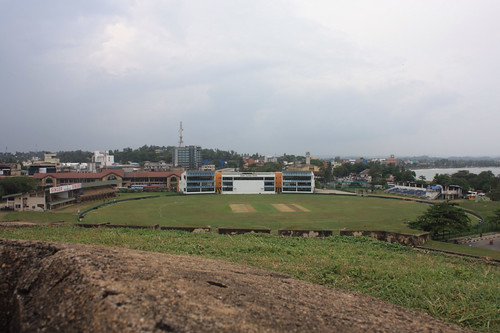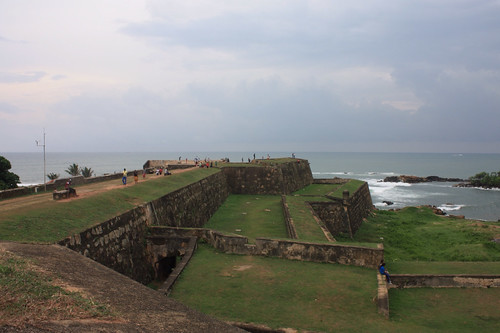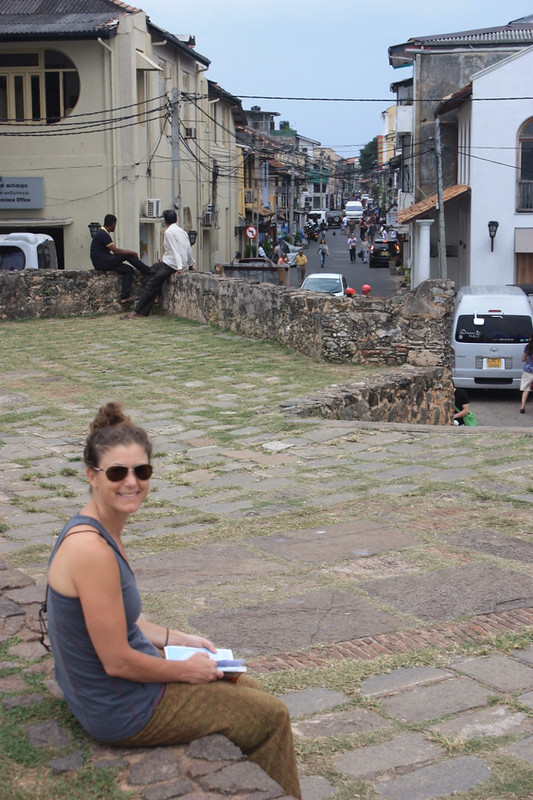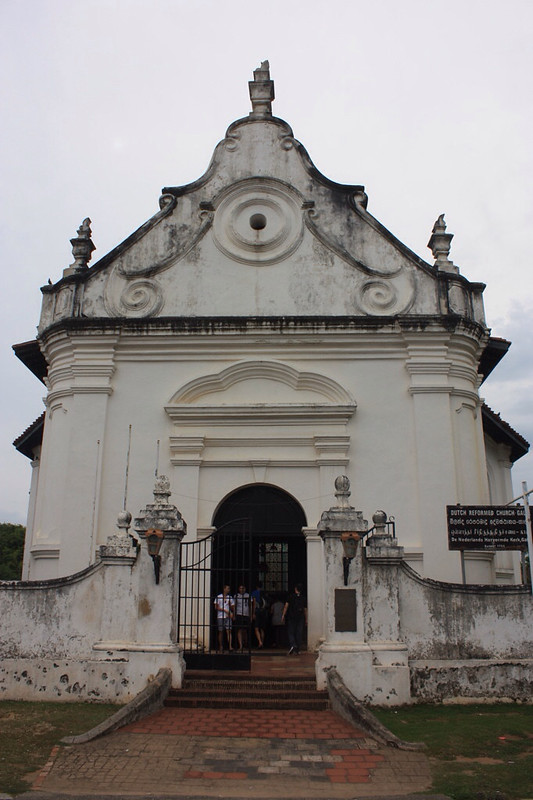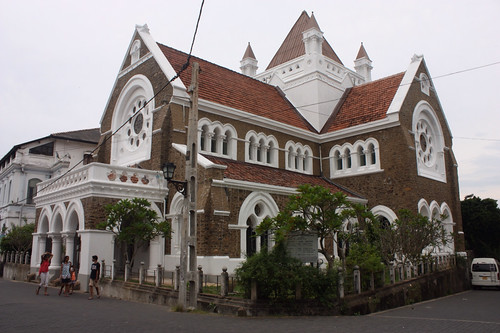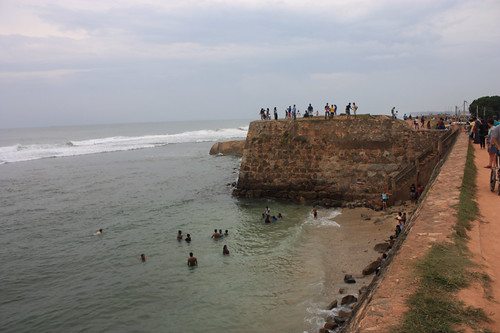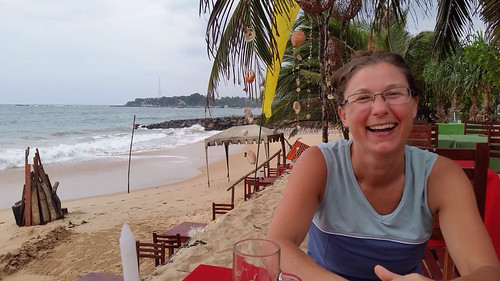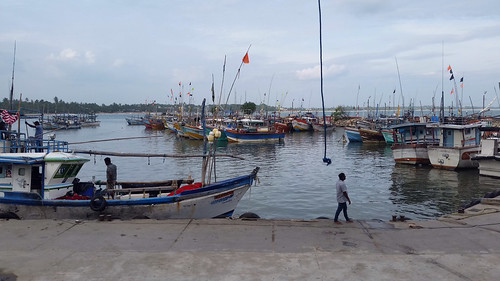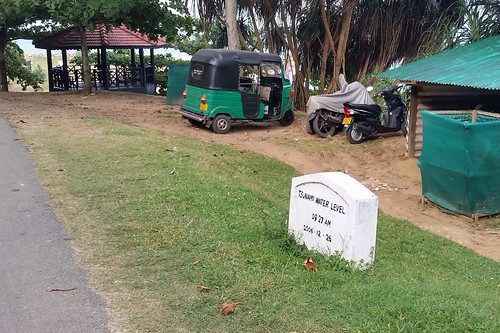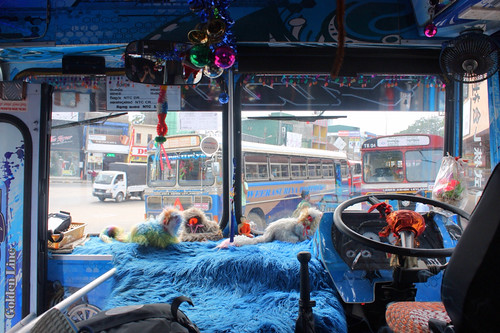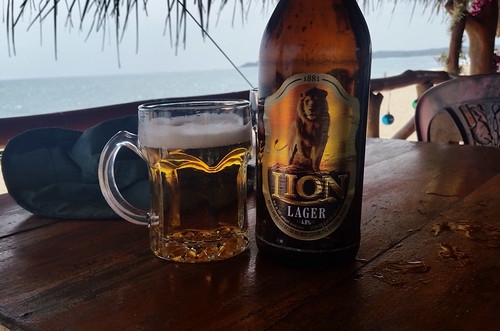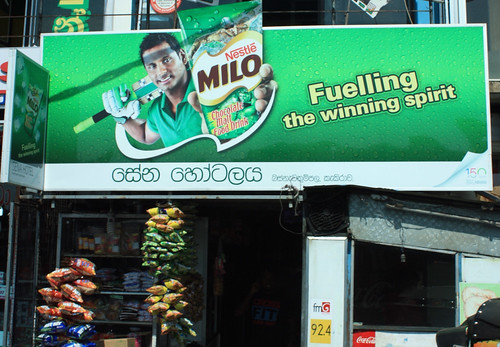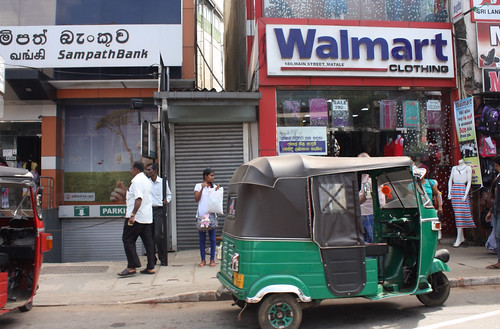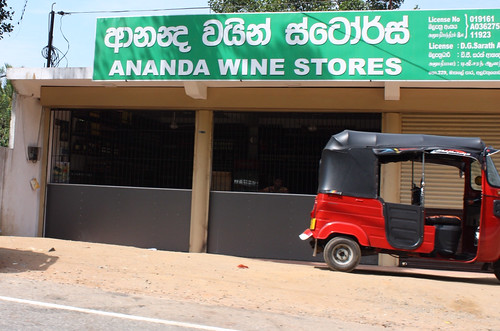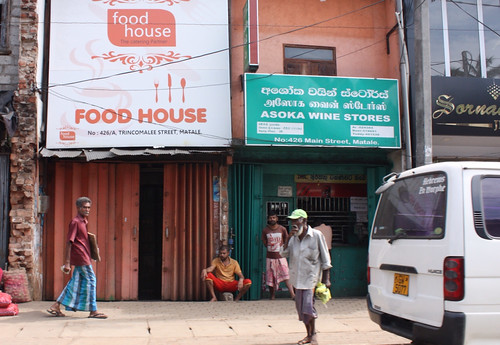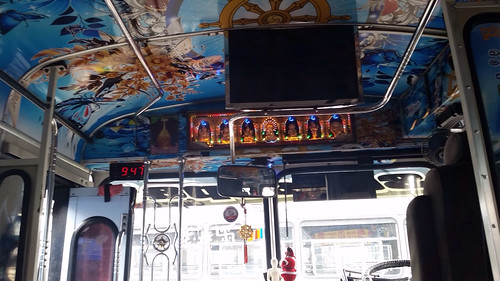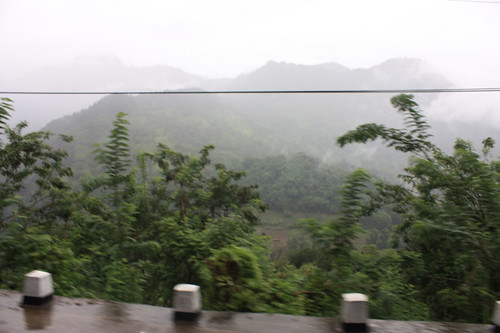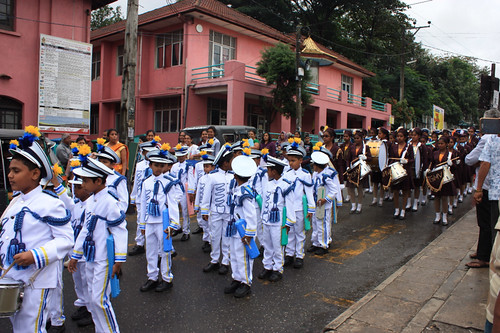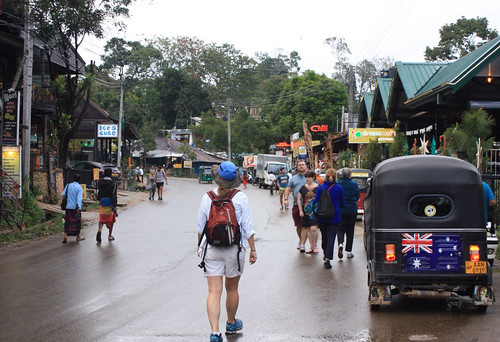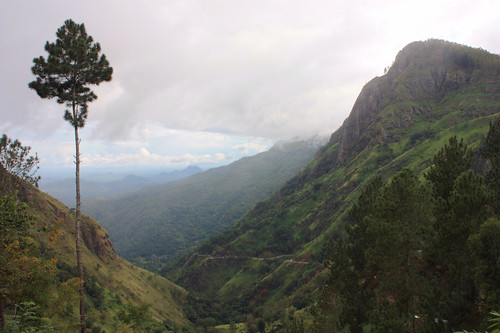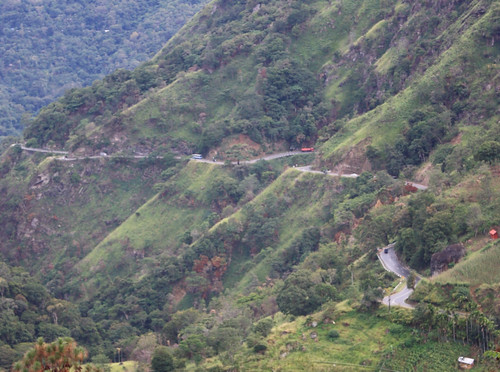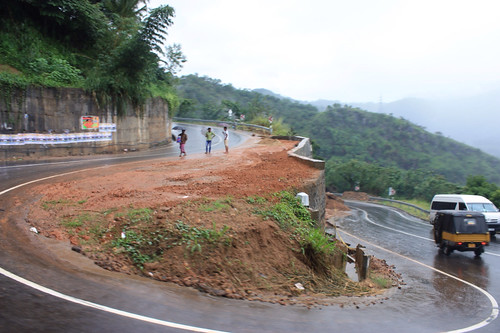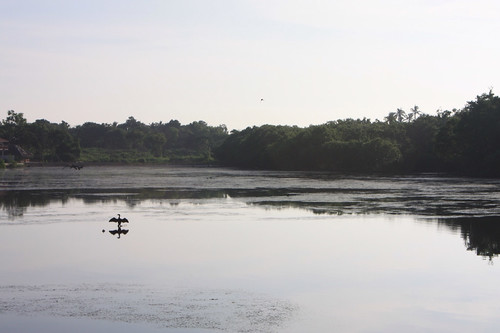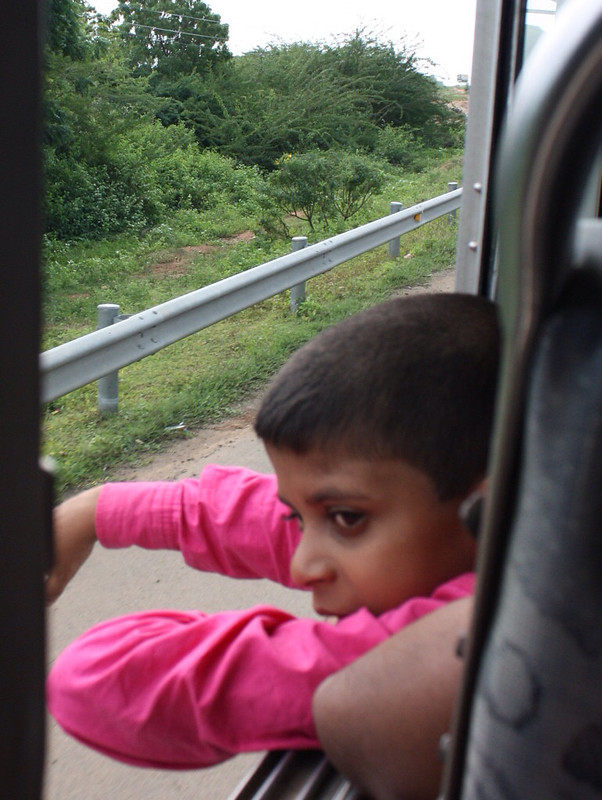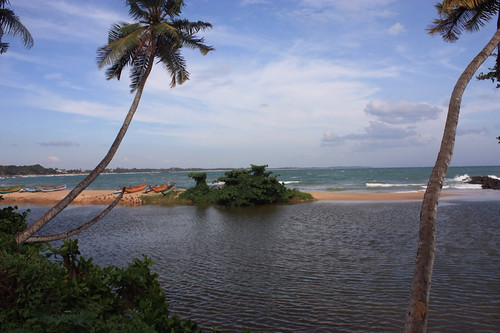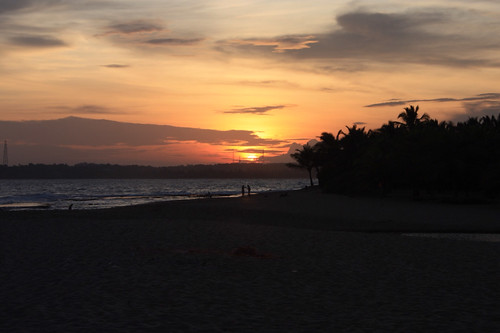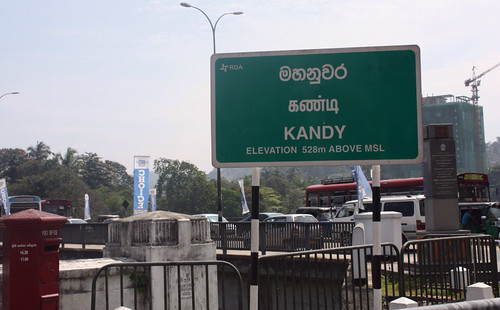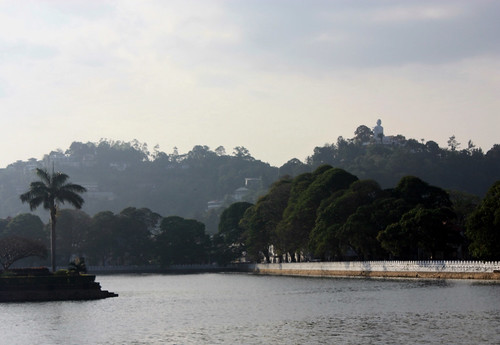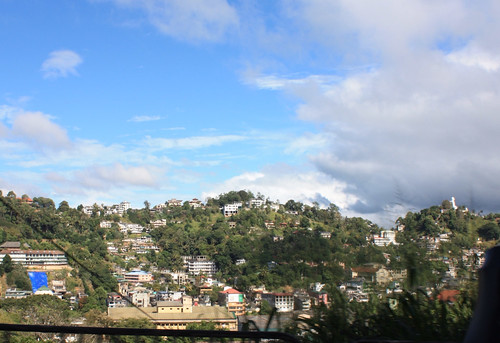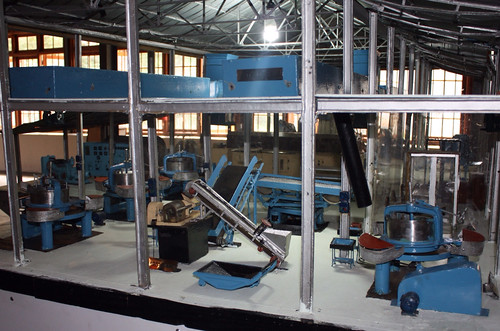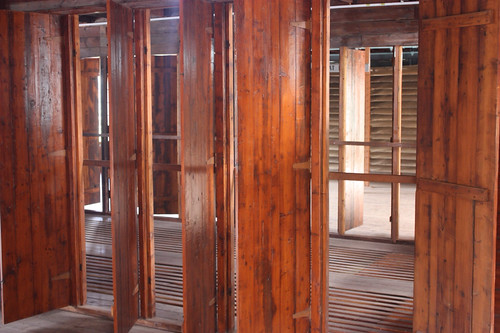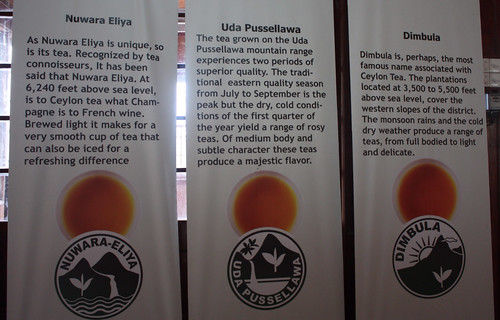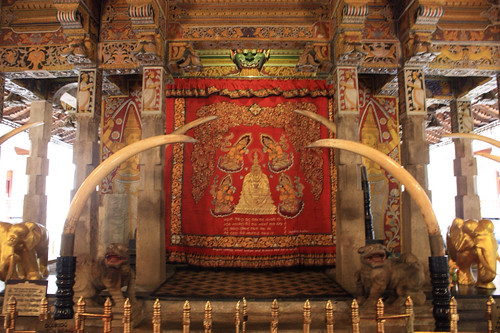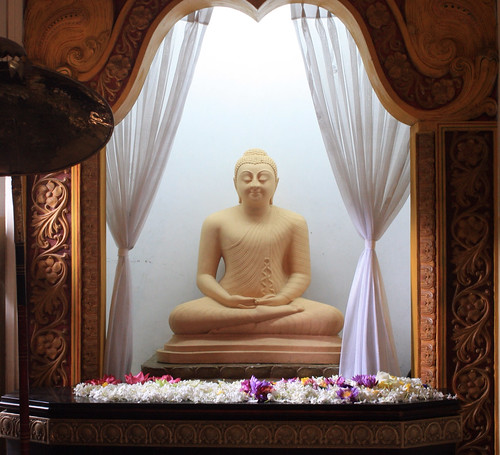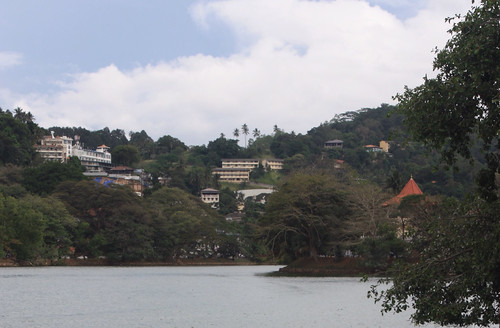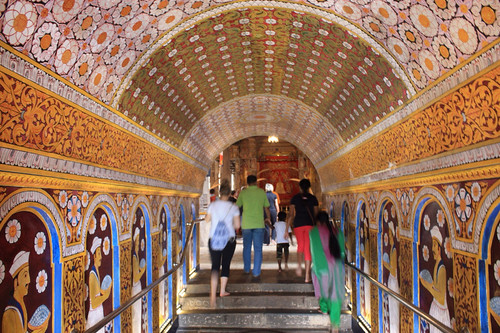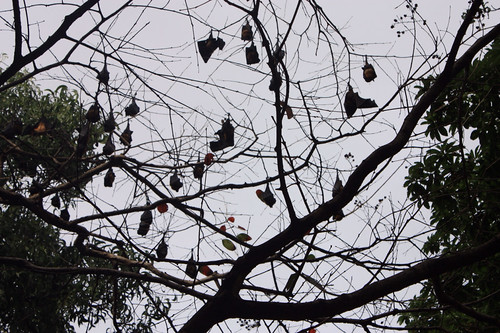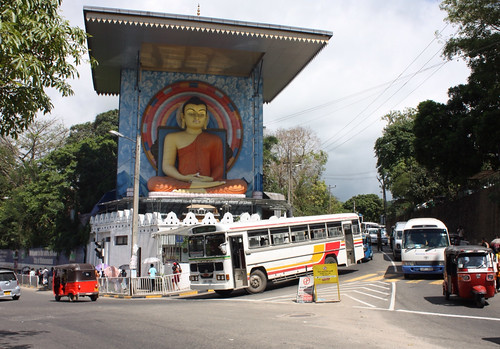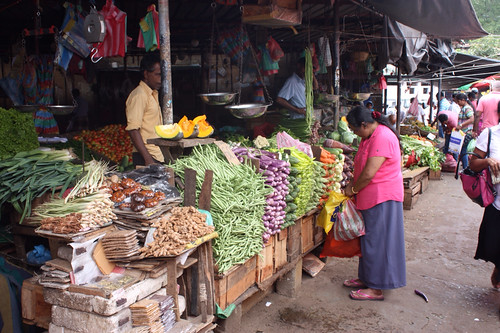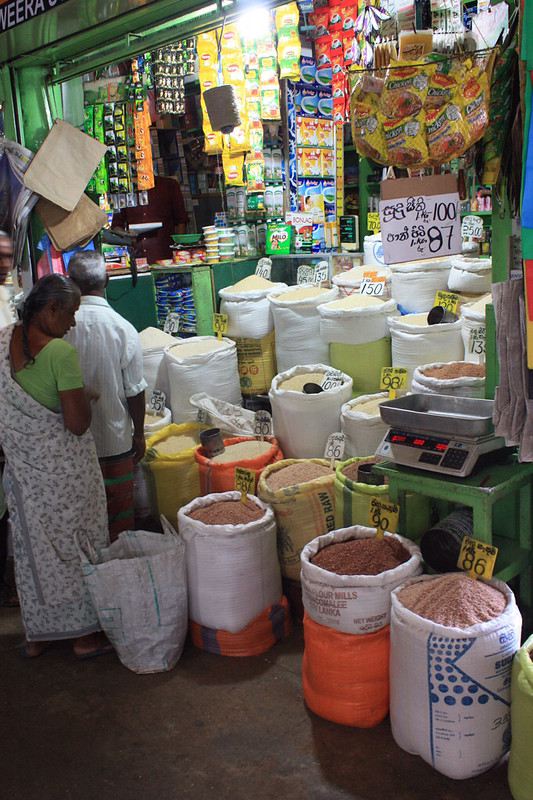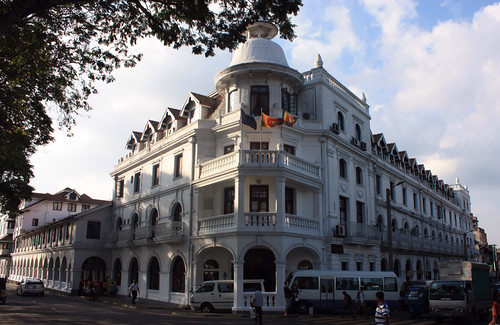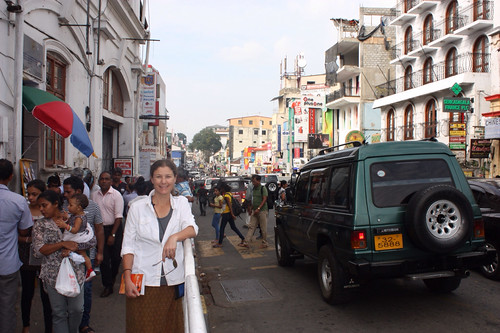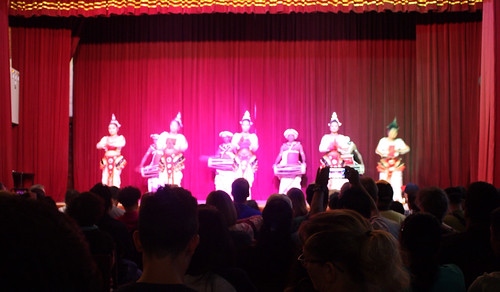No beach and sun vacation is complete without beer, much to the chagrin of my one Twitter troll (who spends half his time advocating for freer pot rules, and the other half critcizing me for even mentioning the existence of beer).
In Sri Lanka, beer means Lion. Lion makes a ubiquitous lager, and the occasional stout, apparently. You can get a Tiger from Singapore or licensed big-name brews from Europe, but if you walk into a place that sells beer, and ask for a beer, you are generally given a Lion Lager.
It isn't a bad beer, as far as tropically-brewed big-market lagers go. Clean, malty, a trace of hops, clearly corn in there somewhere. Best served and enjoyed very cold on a very hot day, with a bit of sand between your toes, which is generally how we enjoyed it.
The most interesting thing about beer in Sri Lanka is that it isn't advertised. You drive through towns with numerous signs advertising milk products, internet service, and re-bar (there is an incredible abundance of re-bar advertising), but you *never* see a beer advertisement.
It is only remarkable in it absence, when you come from a society like North America where beer ads are perhaps (to my troll's point) overwhelming.
Our host in Kandy mentioned the reducing alcoholism is one of his 4 priorities for the new President's term (along with kidney health, food security, and environmental protection), although I cannot pretend to know how much of the current booze culture is a recent reflection of this, or a reflection of larger cultural attitudes.
For example, we realized early on when we were in Colombo that there isn't really a locals restaurant/bar/coffee shop culture. We had read in guide books that Sri Lankans eat at mostly home, not a restaurants, but didn't appreciate the impact on the street of that. In Singapore, we were always surrounded by stalls, restaurants, coffee shops where people were sitting near or on the street eating food or drinking coffee. Some of our most memorable moments on other trips (Trinidad in Cuba, or Bangkok pop to mind instantly) is just sitting in a bar or a restaurant next to a busy street watching the world go by.
Out side of the areas of Sri Lanka where tourists from Europe fill the seats, that just doesn't seem to exist. So restaurants are few and relatively far between, and "pubs" the way we may think of them in Canada simply do not exist.
Beer is also not sold in most restaurants on Sunday, or the full moon ("poya"). The only place to buy beer retail is at a Wine Store. These are not government run, but are clearly very prescriptive in their operation. The sign is always green with white text, and again, no advertising aside from their apparently government-issue sign.
Here booze is behind a steel bar wall, and there is (aside from the sign) rarely any sign of wine. Beer and the local distilled-from-palms spirit ("arrack") are the main products. Of course, they are closed on Sunday and poya, and the few times we actually popped by one to buy a bottle of Lion, we discovered they are pretty exclusively a male domane.
So we aren't drinking much beer, and the coffee has been pretty terrible outside of pure tourist spots. We have been drinking a lot of tea (although I cannot get into the heavy-cream heavy-sugar Sri Lankan style), and the occasional bottle of Cola to keep our caffeine addiction slated. Ginger beer is a common throw-back to the colonial Sri Lanka, and we found it sharply flavored and not too sweet.
Finally, fruit juices are everywhere. Lime is great for cutting the heat when enjoying curry, but for the most part, a meal is completed with some fresh-squeezed mixed fruit cocktail. If it has yoghurt, it's a Lasse, if not it usually has some banana for texture. Super refreshing, and probably the only real fiber we are getting in our diet.
I could write an essay on Sri Lankan breakfasts, but I'm just going to sit here and enjoy it.
